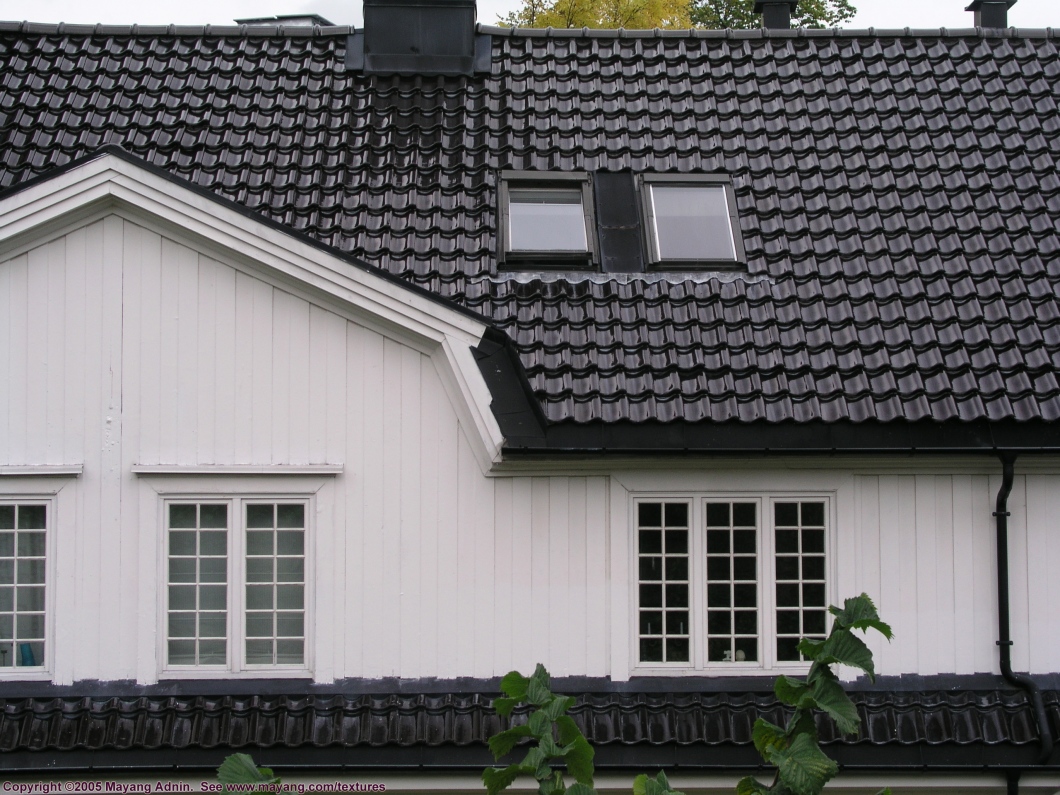Disasters like hurricanes, hailstorms, thunderstorms, and tornadoes can cause major harm to your roof. We have no control over these harsh weather conditions so it is inevitable that your roof will take a beating when they happen. After a disaster passes, it is important that you inspect your roof for any damage from the rain, wind, or hail.
To help you, we list down some tips on what to look for and how to do a self-conducted inspection of your roof after a storm.
Check for indicators of leaks from the inside.
Examine your attic, ceiling, and interior walls for any sign of leaks after a heavy rainstorm. Discoloration or water stains on the ceiling, cracked wall paint, and peeling wallpapers are usually telling signs that water has seeped inside your homes. Before the leaks cause more problems, like damaging your home’s electrical wirings, find out where the water is coming from and take appropriate measures to fix it.
Do an initial inspection of your roof’s exterior from the ground
Before climbing up on top of your roof to check for possible damages, observe the roof’s condition from the ground first. See if there are large pieces of debris like tree trunks that fell on you roof. If there is any, get everyone out of the house in case the roof collapses from the weight and contact a professional roofer or contractor right away. If you are fortunate and there is no large debris up your roof, you can do an initial inspection. Go around the house once or twice, maybe with a pair of binoculars, and check the following parts for any sign of problems:
- Look for missing, deformed, and displaced shingles
- Examine the state of your downpipes, gutters, and the edges and angles of the roof where it meets the walls.
- Check for damaged and missing parts in your rafters, like a metal fascia that has been displaced.
- Watch out for cracks in the brickwork of your roof.
Look at the roof more closely
Once an initial inspection has been made and you deem that it is safe to climb up into your roof, go get a ladder and get a closer look. Inspect the shingles and tabs on your roof if they are cracked, buckled, curled, blistered, or dislodged. Check if the vents are well attached and that all parts, like screws and nails, are still intact. Look for cracked sealants or caulk, damaged flashings and chimney caps, as well as holes and gaps on the roof.
After doing your self-conduced roof inspection after a weather disaster, it would be wise to hire a trained professional roofer to do more inspection in case you missed something. They would also do the necessary repairs or replacements of the damaged parts and materials and you can be assured that your roof will be ready again for another storm.
Written by Enrich Construction, the best service for roofing Columbia, MO has to offer.

